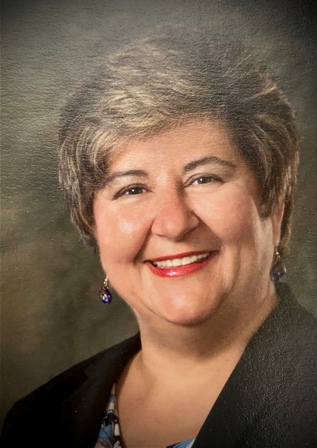Recently, I was given an article about diversification, the challenges it presents, and how it seems to be most extreme for companies in medical related fields. I called Elizabeth Young, an experienced Senior Director, with proven global experience in Medical Devices, Healthcare, and Biotech industries, and asked her about this issue. Medical device companies may have large diversified portfolios, but often divide their customer base and prevent standardization to an optimal solution.
Elizabeth said, “Quite often customers are divided between solutions that have features and benefits which meet a majority of their needs, but still don’t address the entirety of their challenges. There is frequently a deeper need, behind the obvious need, that is driven by the patient’s disease state; this can have multiple facets that are complicated and difficult to overcome.” Specifically, “…that sales in the spinal implant product portfolio I managed  were divided between two material solutions, a colorless organic thermoplastic polymer and titanium. Both materials had been on the market for several decades with minimal changes.
were divided between two material solutions, a colorless organic thermoplastic polymer and titanium. Both materials had been on the market for several decades with minimal changes.
“I was also faced with a low barrier to market entry where 25 major competitors had entered the spinal implant market between 2006 and 2015 with innovative designs and materials.” She needed a strategy to update the portfolio’s materials and designs to prevent loss of market share, so this is how she attacked the issue. “…the average time for internal R&D to design, test, and release a new spinal portfolio takes three to five years. The success of finding and marketing a competitive solution needs to be swift, no more than twelve months in total, and requires access to established technology to remain competitive.”
Elizabeth conducted customer interviews, primary and secondary research, and held discussions with key opinion and industry thought leaders to discover that customers were split between two spinal interbody designs based on competing value propositions. She collaborated with a materials supply director to identify third-party manufacturers with existing innovations and or new materials. They identified a manufacturer with a proprietary process to combine the soft modulus characteristics of a thermoplastic polymer with the bone integration properties of titanium. This amalgamation reduced the likelihood of spinal vertebral end-plate damage and promoted bone integration after disc replacement that provided spine stabilization. Elizabeth worked with leadership, legal, and procurement to negotiate a sole-source technology licensing and third-party manufacturing agreement for her lumbar and cervical spinal portfolios.
I asked her what all of the effort resulted in and she told me, “These spinal interbody portfolios were launched to market in a mere nine months. The resultant new product lines captured $500,000 in revenue in the first six weeks of sales and $2 million in sales within six months.”
Real marketing in the highly competitive medical device industry is tough sledding. I asked Elizabeth Young if she would share her secrets of success with others who are interested. Of course, the answer was a resounding, yes.
Watch full video interview here.
Contact Elizabeth via her CareerWebfolio, LinkedIn, or email eyoung1326@gmail.com
Fred Coon, CEO
ViewPoint© is a production of The US AT Work Network© and Stewart, Cooper & Coon, a Human Capital Strategies Corporation. Contact: Fred Coon – 866-883-4200, Ext. 200, for more information.
© 2004-2020 Stewart, Cooper, & Coon, Inc. All rights reserved. Limited to personal use and allowable only if this copyright message is left intact. Any duplication, alteration, or publishing of this content without express company permission is prohibited. Contact fcoon@stewartcoopercoon.com.
